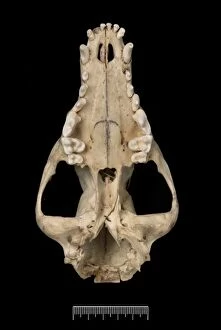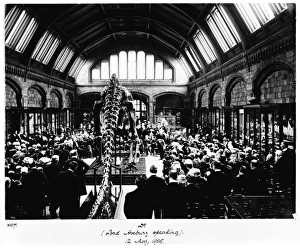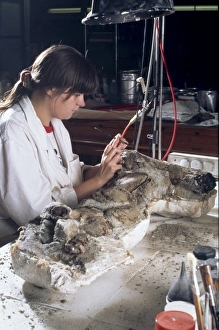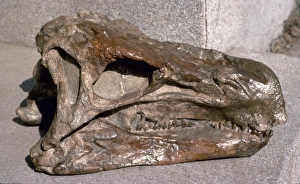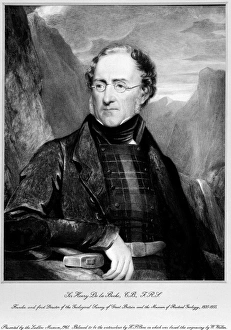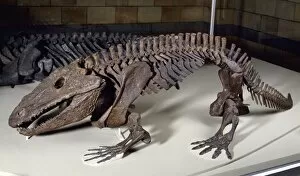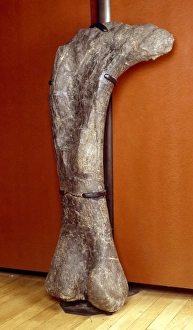Bone Collection (page 73)
"Bones: Unveiling the Hidden Structures of Life" From normal knees to intricate bone structures, our bodies are a masterpiece of anatomy
All Professionally Made to Order for Quick Shipping
"Bones: Unveiling the Hidden Structures of Life" From normal knees to intricate bone structures, our bodies are a masterpiece of anatomy. X-rays reveal the hidden secrets within, showcasing the delicate balance that keeps us standing tall. Hominid crania offer a glimpse into our ancient past, reminding us of our shared heritage with early human ancestors. The Australopithecus afarensis, famously known as Lucy (AL 288-1), takes center stage in this evolutionary journey. But bones aren't limited to humans alone. The Acherontia atropos, also known as the death's-head hawk-moth, boasts an eerie skull-like pattern on its thorax - a reminder that nature loves to play tricks on us. Admiral Sir Horatio Nelson's portrait by Henry Bone captures his heroic spirit and reminds us of his contributions during tumultuous times. His legacy lives on through history books and in bone structure for generations to come. The Homo erectus (Sangiran 17) stands alongside H. Sapiens and H. Neanderthalensis - three branches of hominids connected by their skeletal framework. Each bone tells a story of resilience and adaptation throughout time. In Marylebone, London, the coat of arms proudly displays symbols representing strength and unity - qualities mirrored in the bone structure that supports our bodies every day. A normal knee captured through an X-ray reveals both simplicity and complexity simultaneously - a testament to how even seemingly mundane bones hold incredible significance in maintaining mobility. At Little Bighorn Monument lies a solemn tribute to fallen warriors whose bones were found at the site of battle. It serves as a poignant reminder of sacrifice and bravery etched into history forevermore. Pirates hoist their Jolly Roger flag high above turbulent seas; Stede Bonnet's emblem represents fearlessness amidst danger – just like our own sturdy skeletons supporting us through life's storms. In the end they can not just a framework.

